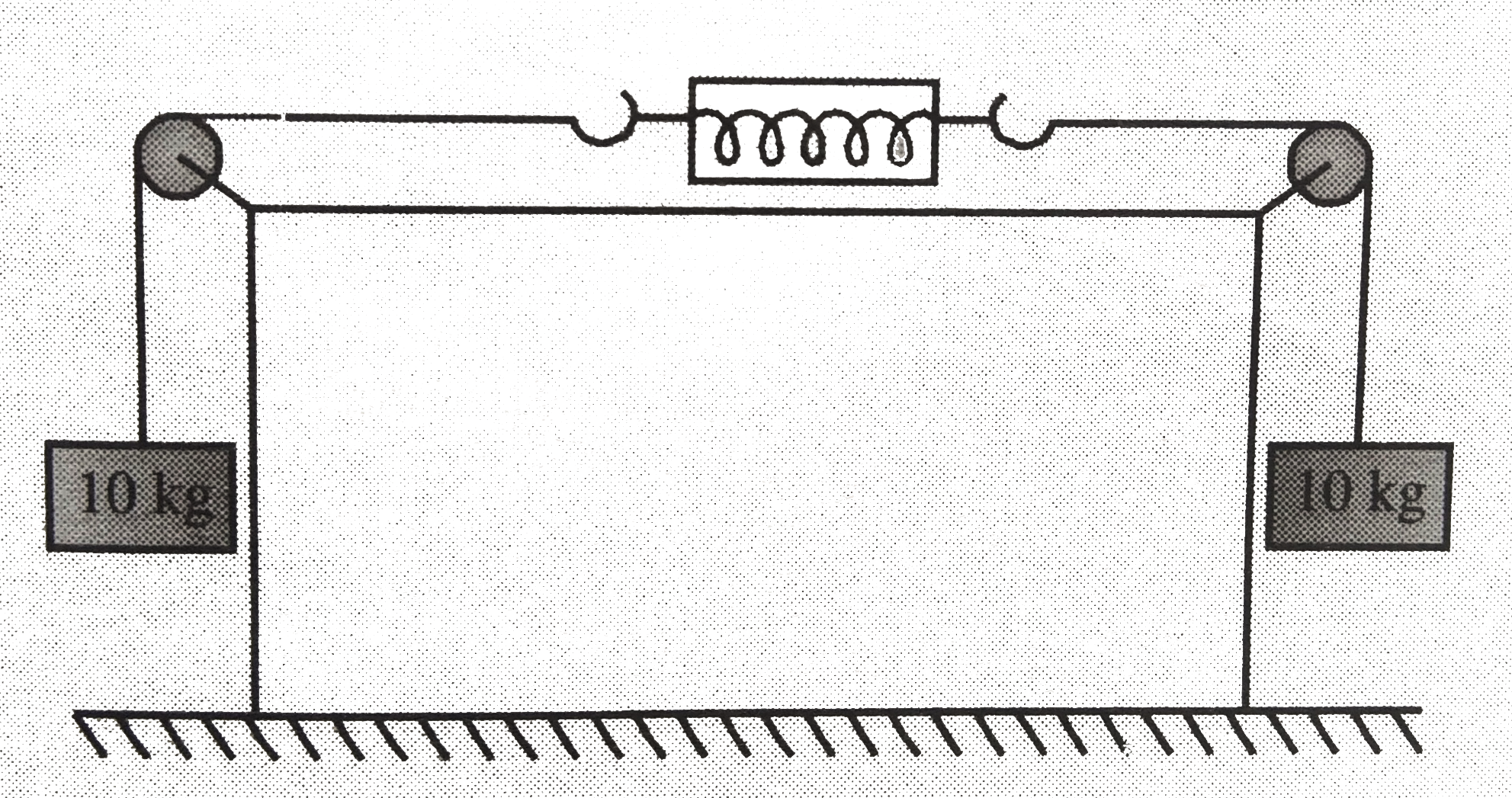What evidence supports the hypothesis that whales evolved from land dwelling mammals?
Step-by-Step Text Solution:
1. Introduction to the Hypothesis: The hypothesis that whales evolved from land-dwelling mammals is supported by various pieces of evidence from anatomy, fossil records, and genetics.
2. Vestigial Structures: One of the most compelling pieces of evidence is the presence of vestigial pelvic bones in modern whales. These bones are remnants of the pelvic structure found in their land-dwelling ancestors, suggesting that these animals once had the ability to walk on land.
3. Comparative Anatomy: The bones in the flippers of whales are structurally similar to the limb bones of land mammals. For example, the flippers contain the same types of bones (humerus, radius, and ulna) that are found in the forelimbs of terrestrial mammals, indicating a common ancestry.
4. Fossil Evidence: Fossils of transitional forms, such as *Ambulocetus* and *Pakicetus*, show characteristics of both land mammals and modern whales. These fossils provide a chronological record of the evolutionary changes that occurred as whales adapted to aquatic life.
5. Genetic Evidence: Molecular studies have shown that whales are closely related to certain groups of land mammals, particularly artiodactyls (even-toed ungulates). Genetic similarities further support the idea that whales share a common ancestor with these terrestrial animals.
6. Conclusion: The combination of vestigial structures, comparative anatomy, fossil records, and genetic evidence provides strong support for the hypothesis that whales evolved from land-dwelling mammals.
Topper's Solved these Questions
- EVOLUTIONBOOK - AAKASH INSTITUTE ENGLISHCHAPTER - EVOLUTIONEXERCISE - SECTION-D ASSERTION-REASON TYPE QUESTIONS
20 Videos
- ENVIRONMENTAL ISSUESBOOK - AAKASH INSTITUTE ENGLISHCHAPTER - ENVIRONMENTAL ISSUESEXERCISE - ASSIGNMENT SECTION D
15 Videos
- EXCRETORY PRODUCTS AND THEIR ELIMINATIONBOOK - AAKASH INSTITUTE ENGLISHCHAPTER - EXCRETORY PRODUCTS AND THEIR ELIMINATIONEXERCISE - SECTION D ( ASSERTIN-REASON TYPE QUASTION)
10 Videos
Similar Questions
Mammals have evolved from
View SolutionWhat is the experimental evidence in support of the idea that electronic energies in an atom are quantized?
View SolutionWhat evidence do we have for the origin of life from inanimate matter?
View SolutionHow does embryological evidence reinforce the view that living organisms have evolved? Give one example from animals.
View SolutionWhat becomes established from the wobble hypothesis?
View SolutionWhat is de Broglie hypothesis? What conclusion can be drawn from Davisson and Germer’s experiment?
View SolutionAssertion (A) : Amphibians have evolved from fishes .
Reason (R ) : Archaeopteryx is a fossil linking fishes and amphibians.
View Solution(a) A 10-kg block is supported by cord that runs to a spring scale, which is supported by another cord from the ceiling as shown in fig. What is the reading on the scale?

(b) In Fig. the block is supported by a cord that runs around a pulley and to a scale. The opposite end of the scale is attached by a cord to a wall. What is the reading of the scale?

(c ) In fig. the wall has been replaced with a second 10-kg block, what is the reading on the scale now?
 .
.
View SolutionAll the human reaces like Africans, Asians, Europeans, Americans and otgher might have evolved from a common ancestor. Provide a few evidences in support of this view.
View SolutionGiven below is the representation of amino acid composition of the relevant translated portion of β-chain of haemoglobin, related to the shape of human red blood cells.

(a) Is this representation indicating a normal human or a sufferer from certain related genetic disease? Give reason in support of your answer.
(b) What difference would be noticed in the phenotype of the normal and the sufferer related to this gene?
(c) Who are likely to suffer more from the defect related to the gene represented the males, the females or both males and females equally? And why?
View Solution
